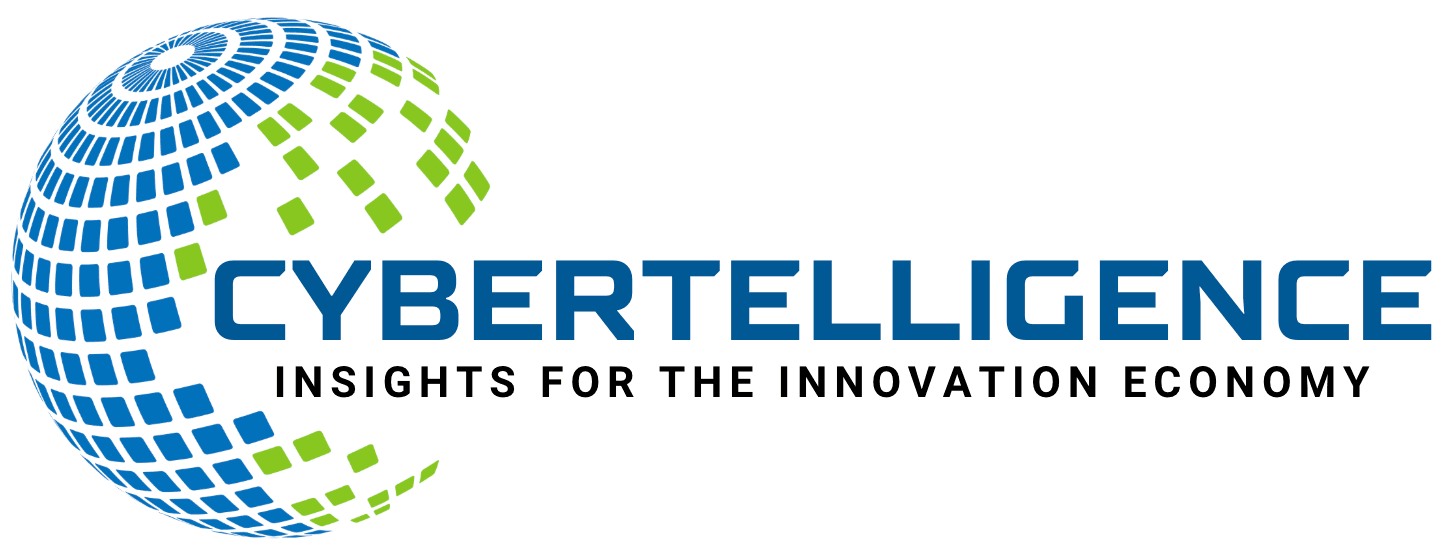Language generation is a fascinating field that combines linguistics, computer science, and artificial intelligence to create systems capable of producing human-like text. At its core, language generation involves the use of algorithms and models that can analyze input data and generate coherent, contextually relevant responses. You might think of it as teaching a machine to speak or write in a way that mimics human communication.
This process can range from simple sentence construction to complex narrative generation, depending on the sophistication of the underlying technology. As you delve deeper into language generation, you will discover that it encompasses various techniques, including rule-based systems, statistical methods, and neural networks. Each of these approaches has its strengths and weaknesses, but they all aim to achieve the same goal: to produce text that is not only grammatically correct but also meaningful and engaging.
Understanding these nuances can help you appreciate the intricacies involved in creating systems that can effectively communicate with users.
Key Takeaways
- Language generation involves the automatic creation of human language, often using algorithms and machine learning.
- Language generation is crucial in communication as it helps convey information, emotions, and ideas effectively.
- Language generation plays a significant role in artificial intelligence by enabling machines to understand and produce human language.
- Content creation can be enhanced through language generation, allowing for the creation of personalized and engaging content at scale.
- Language generation can improve customer experience by providing personalized and relevant communication.
The Importance of Language Generation in Communication
Language generation plays a pivotal role in modern communication, especially in an age where digital interactions dominate our daily lives. You may have noticed how automated responses and chatbots have become increasingly prevalent in customer service settings. These systems rely on language generation to provide timely and relevant information to users, enhancing the overall communication experience.
By automating responses, businesses can ensure that customers receive immediate assistance, which is crucial in today’s fast-paced environment.
For instance, it can be used to translate content into multiple languages or adapt messages for different cultural contexts.
This capability allows you to reach a broader audience and engage with individuals from diverse backgrounds. As you explore the importance of language generation, consider how it not only streamlines communication but also fosters connections across geographical and linguistic barriers.
How Language Generation Impacts Artificial Intelligence

The impact of language generation on artificial intelligence (AI) is profound and multifaceted. As you engage with AI technologies, you will find that language generation is a key component that enables machines to understand and produce human language. This capability is essential for various applications, from virtual assistants like Siri and Alexa to more advanced systems that can generate news articles or creative writing.
The ability of AI to generate language has transformed how we interact with technology, making it more intuitive and user-friendly. Furthermore, language generation enhances the learning capabilities of AI systems. By analyzing vast amounts of text data, these systems can learn patterns, context, and nuances in language use.
This learning process allows AI to generate responses that are not only contextually appropriate but also reflective of human-like reasoning. As you consider the implications of this technology, think about how it shapes our interactions with machines and the potential for even more sophisticated applications in the future.
Leveraging Language Generation for Content Creation
| Metrics | Results |
|---|---|
| Content Quality | Improved |
| Time Saved | Increased |
| Engagement | Enhanced |
| Productivity | Boosted |
In the realm of content creation, language generation offers exciting opportunities for individuals and businesses alike. You may find that using automated tools for generating written content can save time and resources while maintaining quality. For instance, marketers can utilize language generation to create product descriptions, blog posts, or social media updates quickly and efficiently.
This capability allows you to focus on strategy and creativity while leaving the repetitive aspects of writing to machines. Moreover, language generation can enhance creativity by providing inspiration or alternative perspectives on a given topic. When you engage with these tools, you might discover new angles or ideas that you hadn’t considered before.
This collaborative approach between human creativity and machine-generated content can lead to innovative outcomes that resonate with your audience. As you explore this intersection further, consider how language generation can complement your existing content creation processes.
Enhancing Customer Experience through Language Generation
Customer experience is a critical factor in determining the success of any business, and language generation plays a significant role in enhancing this experience. When you interact with customers through automated systems, the quality of language generation can make a substantial difference in how they perceive your brand. A well-crafted response generated by an AI system can convey empathy and understanding, making customers feel valued and heard.
Additionally, language generation allows for personalized interactions at scale. You may have noticed how some companies use AI to tailor their communications based on customer preferences or past interactions. This level of personalization not only improves customer satisfaction but also fosters loyalty.
As you consider the implications of language generation in customer experience, think about how it can help you build stronger relationships with your audience while streamlining your operations.
The Role of Language Generation in Personalization

Personalization has become a cornerstone of effective marketing and customer engagement strategies. Language generation plays a crucial role in this process by enabling businesses to create tailored messages that resonate with individual users. When you leverage language generation technology, you can analyze customer data to generate personalized content that speaks directly to their needs and interests.
For example, consider how e-commerce platforms use language generation to create customized product recommendations or promotional emails based on user behavior. By delivering relevant content, you enhance the likelihood of conversion and foster a sense of connection with your audience. As you explore the role of language generation in personalization, think about how it can help you create more meaningful interactions that drive engagement and loyalty.
Harnessing the Power of Language Generation for Marketing
In the marketing landscape, language generation has emerged as a powerful tool for crafting compelling campaigns. You may find that using AI-driven content creation tools allows you to generate engaging copy for advertisements, social media posts, and email marketing campaigns quickly. This efficiency enables you to respond to market trends and consumer demands more effectively.
Moreover, language generation can assist in A/B testing different messaging strategies by generating variations of content for comparison. By analyzing which versions resonate best with your audience, you can refine your marketing approach and optimize your campaigns for better results. As you harness the power of language generation in marketing, consider how it can enhance your ability to connect with consumers and drive conversions.
Language Generation in Chatbots and Virtual Assistants
Chatbots and virtual assistants have become integral components of customer service strategies across various industries. You may have interacted with these systems when seeking assistance online or through mobile applications. Language generation is at the heart of their functionality, enabling them to understand user queries and provide relevant responses in real time.
The effectiveness of chatbots largely depends on their ability to generate natural-sounding language that mimics human conversation. When designed well, these systems can handle a wide range of inquiries while maintaining a friendly tone that enhances user experience. As you explore the role of language generation in chatbots and virtual assistants, think about how these technologies can streamline customer interactions and improve overall satisfaction.
Ethical Considerations in Language Generation
As with any technology, ethical considerations surrounding language generation are paramount. You may be aware of concerns regarding misinformation or biased content generated by AI systems. It is essential to recognize that while language generation can produce impressive results, it is not infallible; it relies on the data it has been trained on.
This means that if the training data contains biases or inaccuracies, those issues may be reflected in the generated content. Moreover, transparency is crucial when implementing language generation technologies. Users should be informed when they are interacting with AI-generated content rather than human-generated responses.
As you navigate the ethical landscape of language generation, consider how you can promote responsible use of this technology while ensuring that your audience remains informed and engaged.
Future Trends in Language Generation Technology
The future of language generation technology holds exciting possibilities as advancements continue to emerge at a rapid pace. You may anticipate improvements in natural language understanding (NLU) that will enable machines to grasp context more effectively and generate even more nuanced responses. This evolution could lead to more sophisticated applications across various sectors, from healthcare to education.
Additionally, as AI models become more refined, you might see an increase in their ability to generate creative content such as poetry or storytelling that resonates deeply with human emotions. The integration of multimodal capabilities—combining text with images or audio—could further enhance user experiences by providing richer interactions. As you look ahead at future trends in language generation technology, consider how these advancements could reshape communication and creativity in profound ways.
Tips for Implementing Language Generation in Business Operations
If you’re considering implementing language generation technology within your business operations, there are several key tips to keep in mind. First and foremost, assess your specific needs and objectives before selecting a solution. Whether you’re looking to enhance customer service or streamline content creation processes, understanding your goals will guide your decision-making.
Next, invest time in training your AI models with high-quality data relevant to your industry or target audience. The effectiveness of language generation relies heavily on the quality of input data; therefore, ensuring diversity and accuracy will yield better results. Additionally, continuously monitor performance metrics to evaluate the effectiveness of your implementation and make necessary adjustments over time.
Finally, prioritize user feedback as part of your implementation strategy. Engaging with customers about their experiences with AI-generated content will provide valuable insights into areas for improvement and help you refine your approach over time. By following these tips, you can successfully leverage language generation technology to enhance your business operations while delivering exceptional value to your audience.
In the rapidly evolving field of language generation, advancements in AI technology continue to bridge the gap between human and machine communication. A notable development in this area is highlighted in the article “ChatGPT-5: Bridging the Gap Between Humans and Machines with Advanced Conversational AI.” This piece explores the capabilities of ChatGPT-5, a state-of-the-art conversational AI model that enhances human-machine interactions by providing more natural and intuitive communication experiences. The article delves into the model’s sophisticated language processing abilities, which enable it to understand and generate human-like responses, making it a significant milestone in the journey towards seamless human-AI collaboration.
FAQs
What is language generation?
Language generation is the process of creating natural language text or speech from structured data, such as a database or a set of rules. It is often used in natural language processing and artificial intelligence to generate human-like text for various applications.
What are the applications of language generation?
Language generation is used in various applications such as chatbots, virtual assistants, automatic report generation, content creation, and personalized marketing messages. It can also be used in language translation and speech synthesis.
How does language generation work?
Language generation works by taking structured data as input and using algorithms and models to generate human-like text or speech. This can involve techniques such as natural language processing, machine learning, and deep learning to generate coherent and contextually relevant language.
What are the challenges of language generation?
Challenges in language generation include maintaining coherence and context in the generated text, ensuring grammatical correctness, and avoiding biased or inappropriate language. It also involves handling ambiguity and understanding the nuances of human language.
What are some popular language generation models?
Some popular language generation models include OpenAI’s GPT (Generative Pre-trained Transformer) models, Google’s BERT (Bidirectional Encoder Representations from Transformers), and Facebook’s BART (Bidirectional and Auto-Regressive Transformers). These models have been widely used for various language generation tasks.




